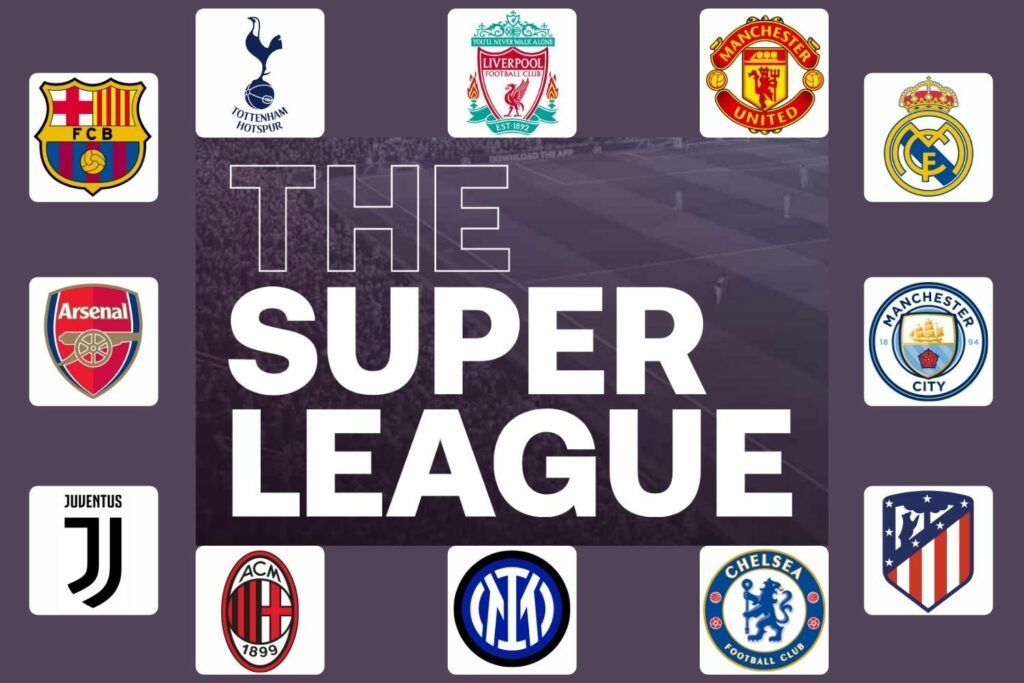Table of Contents
The European Super League is happening. After years of secret meetings, controversies, arguments and feuds, twelve major European clubs announced their divorce from UEFA’s flagship tournament, the Champions League on Sunday.
As plans shape up for one of the most radical changes ever made in the sport, the entire football community have joined hands to boycott the move with both FIFA and UEFA threatening to ban players participating in such tournaments. But, is the prospect of a new league all bad? Can clubs actually benefit from the tournament? Let’s take a look.
The Founding Members
The American owners of Arsenal, Liverpool and Manchester United, who also happen to own other franchises in various closed leagues in the United States have been the masterminds behind the Super League project as they plan to replicate the US model in Europe. The planners argue that the existing Champions League has become meaningless with multiple one-sided matches between the favourites and the underdogs in the group stage.
They also state that a much more financially stable football pyramid is required in this generation; now more than ever, following the economic damages faced by the clubs after the coronavirus pandemic and subsequent lockdowns. Initial reports claim that the founding clubs have agreed upon a staggering amount of €3.5 billion distributed amongst them, financed by the competition’s major investor, JP Morgan, an American bank. The money is supposedly to be repaid over a timeline of 23 years, which isn’t a big deal for the elite club owners. So, this just might be a monumental boost for several of the founding members as their struggle with astronomical player wages and other financial difficulties continue to this day.
Players and their Salaries
Inevitably, more income for a club will see their superstars demand higher wages without the hassle of large agent fees. The Super League founders have vouched for a two-tier salary structure in European football separating the ultra-rich from poor clubs. This proposal however, saw its first daylight as early as in 2017 after Neymar joined Paris Saint Germain on a 5-year-mega deal and Kylian Mbappe’s transfer to the Parisian club from league rivals AS Monaco the same year through a similar process. As a result these deals created a market for players with high wages and transfers fees only a few clubs can afford.
Non-European football fans
In an era of social media and fan interactions, almost all football teams in Europe seem to be ready to go the extra mile for a better outreach. And this theory has been backed by researchers from the big clubs. The twelve rebel clubs noted that there are potentially millions of new followers waiting in Asia and the Americas, many of whom support these top clubs exclusively. These fans stay up late or have to catch their favourite team in action against a ‘small club’ way too early in the morning. So the possibility of an European Super League will allow them to see the biggest stars in world football clash against one another every week. This, though, is bad-news for fans in Europe who typically grow up supporting their local team regardless of the fixtures or league positions.
More Broadcasters
But one of the most important factors of the new Super League is that the competition would generate a brand new market for multiple broadcasters in different continents. A regular midweek game between two of Europe’s biggest clubs and the likes of their megastars is surely an exciting idea for the television companies. With big tech players like Facebook and Amazon expressing their optimism about the new league, the Super League clubs will certainly be benefiting from this factor as packages and paid digital content about the club and its world-class players would prove to be a new source of revenue.


